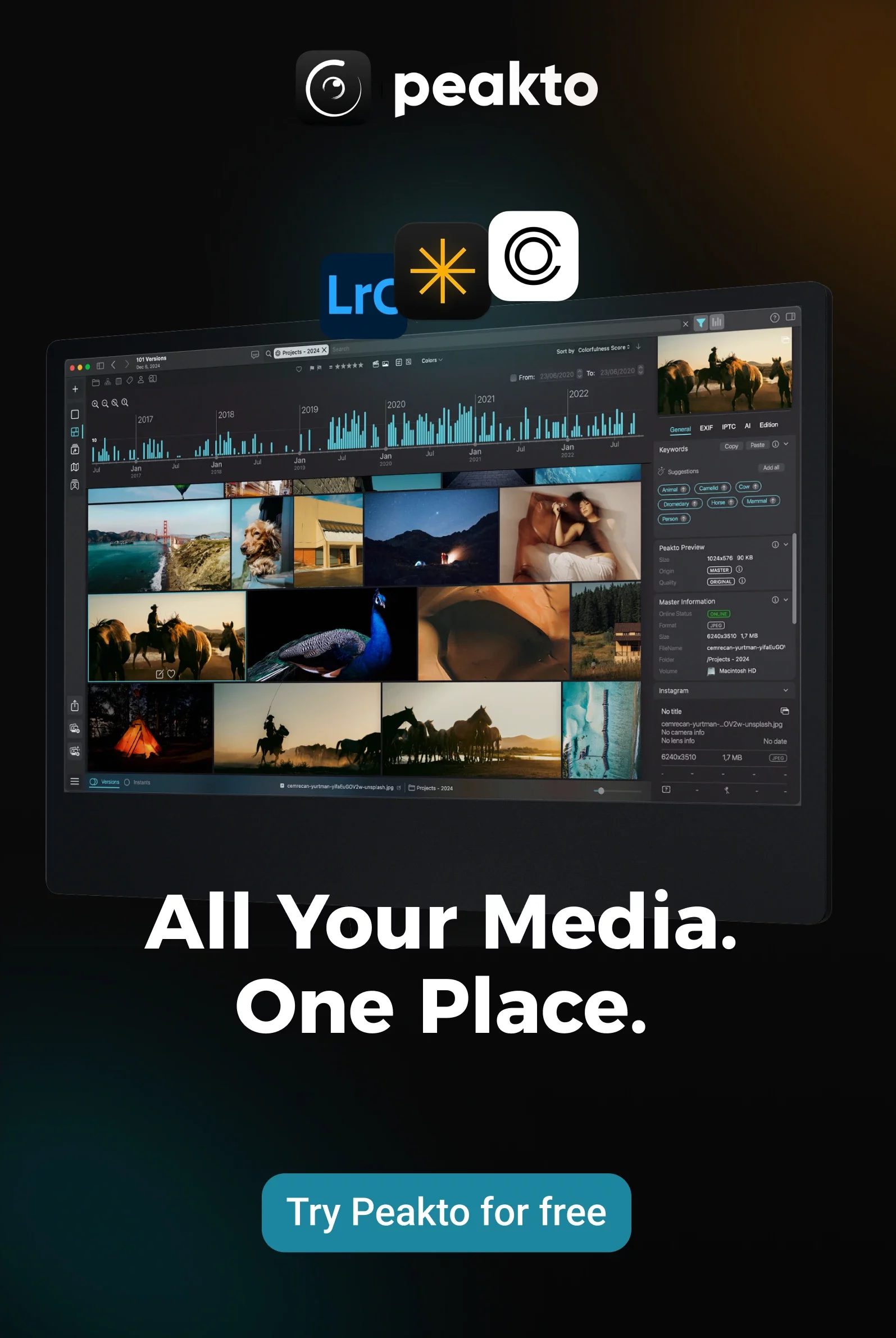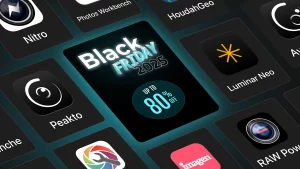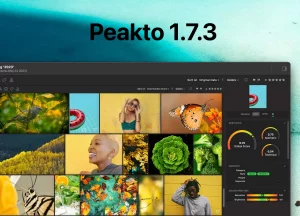Michelin is present at the world’s biggest motorsport events, including Le Mans 24 Hours and FIM MotoGP™ World Championship. Each of these events generates thousands of images that must be processed and distributed in record time. To optimize this crucial workflow, the brand turned to Frédéric Sanuy, Digital Asset Management (DAM) expert, co-founder of Activo, and photographer. In this interview, he explains why he chose to use Peakto to streamline the process.
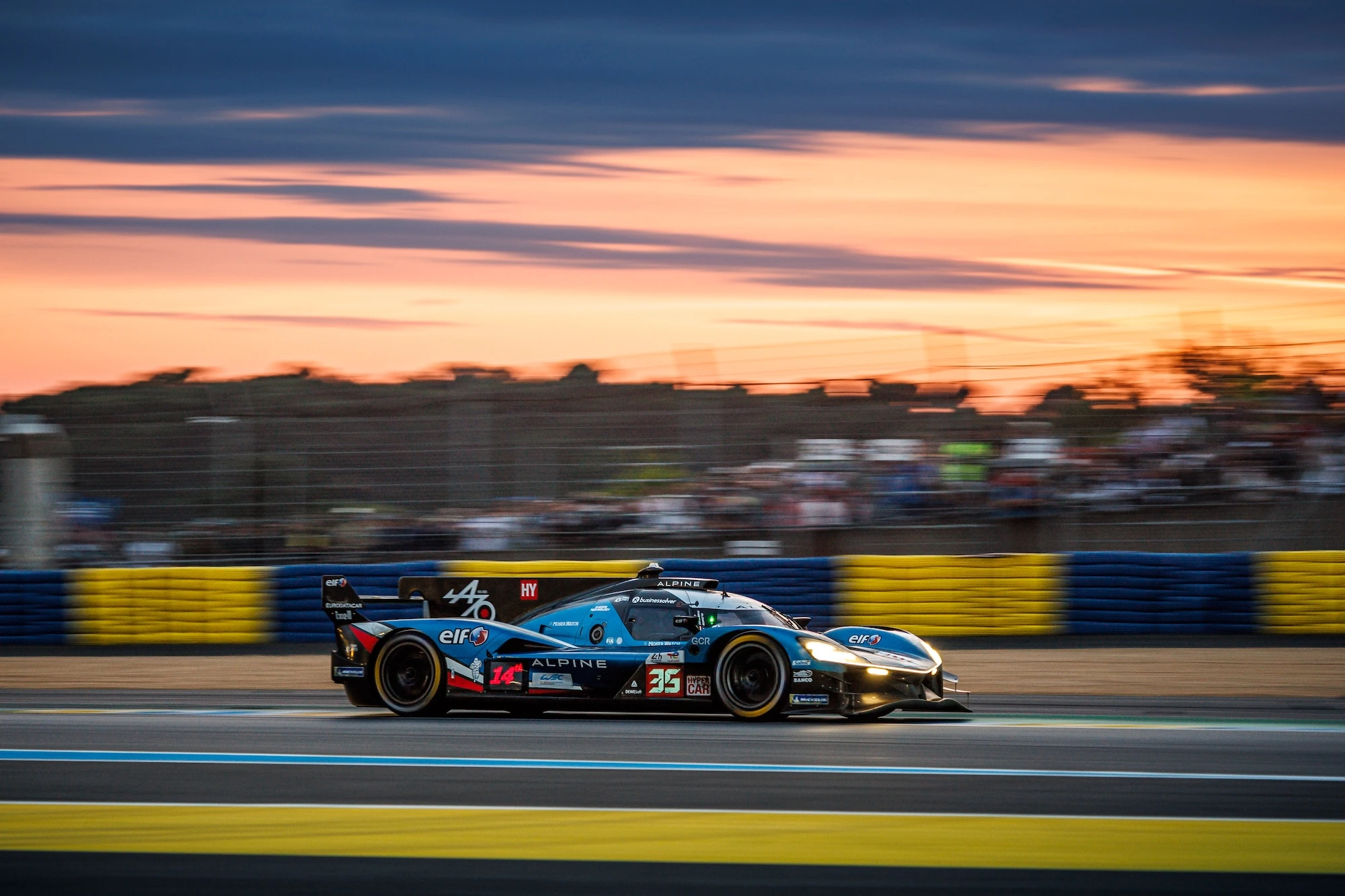
Inside Michelin’s Motorsport Photo Production Workflow
Michelin produces an enormous number of images during its sporting events. In what context does this visual production take place?
The Michelin Motorsport Division covers major events such as the 24 Hours of Le Mans, FIM MotoGP™ World Championship, MotoGP, and other top-tier competitions. Michelin employs between three and five photographers who work both trackside and in the pits to capture images before, during, and immediately after the race.
The volume is massive — about 2,500 photos per day. The challenge is to quickly extract a very small selection — around 50 images per day — to be distributed to journalists and on social media. In this industry, news is extremely short-lived: once the race ends, the media value of the images drops rapidly.

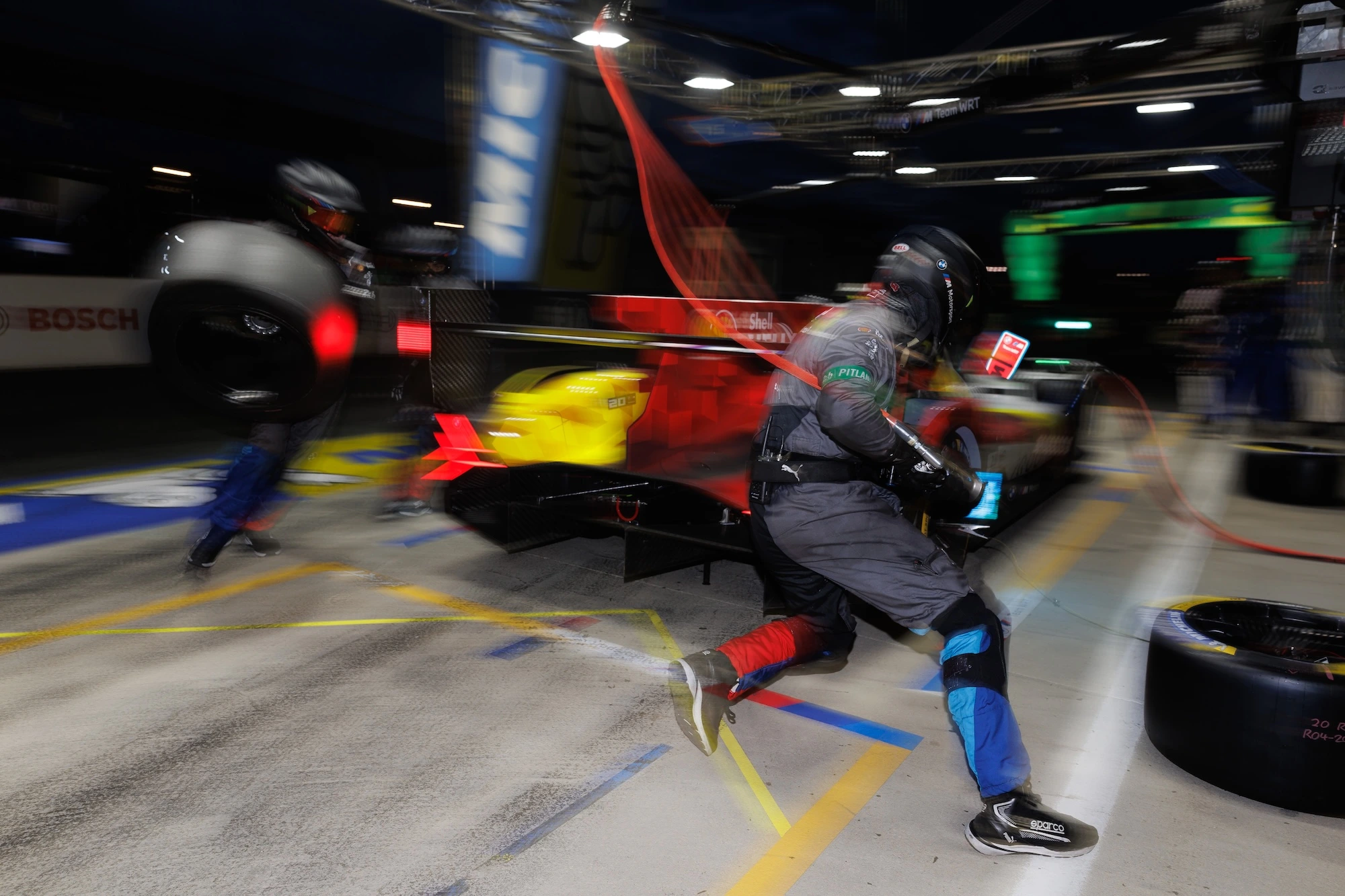
From Track to Archive — Managing Thousands of Images in Real Time
How are the photos transferred from the field?
Photographers deliver their images in several ways. They may bring back the SD cards to offload the photos directly, or they send them via the camera’s built-in Wi-Fi or 5G modules connected to the body. Everything is then centralized on an SFTP server.
However, a single JPEG file from a professional Nikon or Canon camera (45 MP) can weigh up to 15 MB, so the data volume is huge — quickly consuming 5G bandwidth limits. This makes it essential to process images locally on a computer before transmitting them.
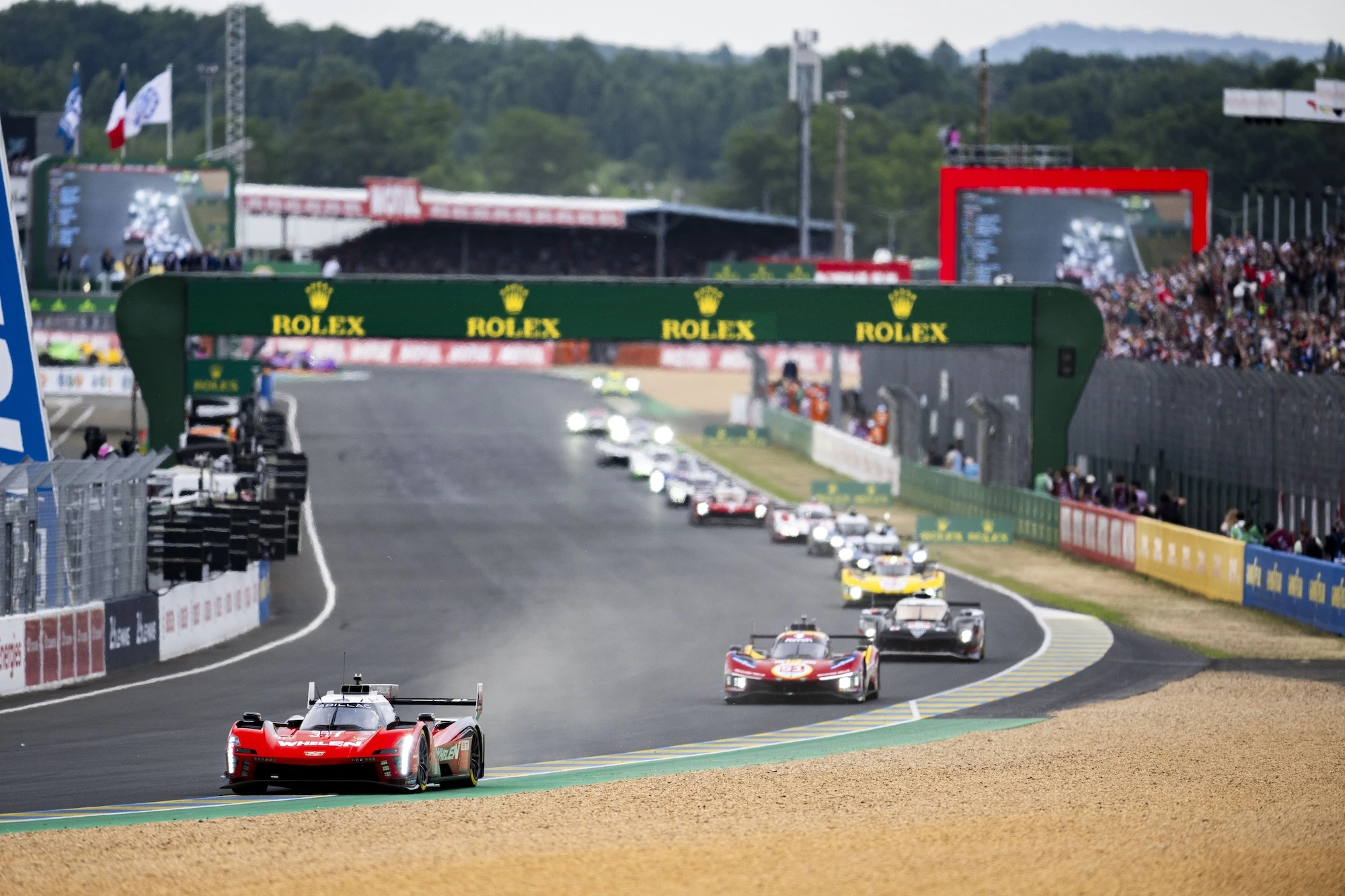
What specific challenges does this workflow present?
Speed is critical. Typically, only three to four hours separate the moment a photo is taken from when it must be available for publication.
Fortunately, thanks to a detailed brief beforehand, photographers know exactly what to capture — for instance, a visit from Florent Ménégaux or Roger Federer at Le Mans. There’s generally no need for image retouching — the quality of the photographers and their gear is enough.
The real challenge is deciding which photos to keep. Processing 2,500 images per day without an efficient tool becomes unmanageable, especially without a powerful workstation.
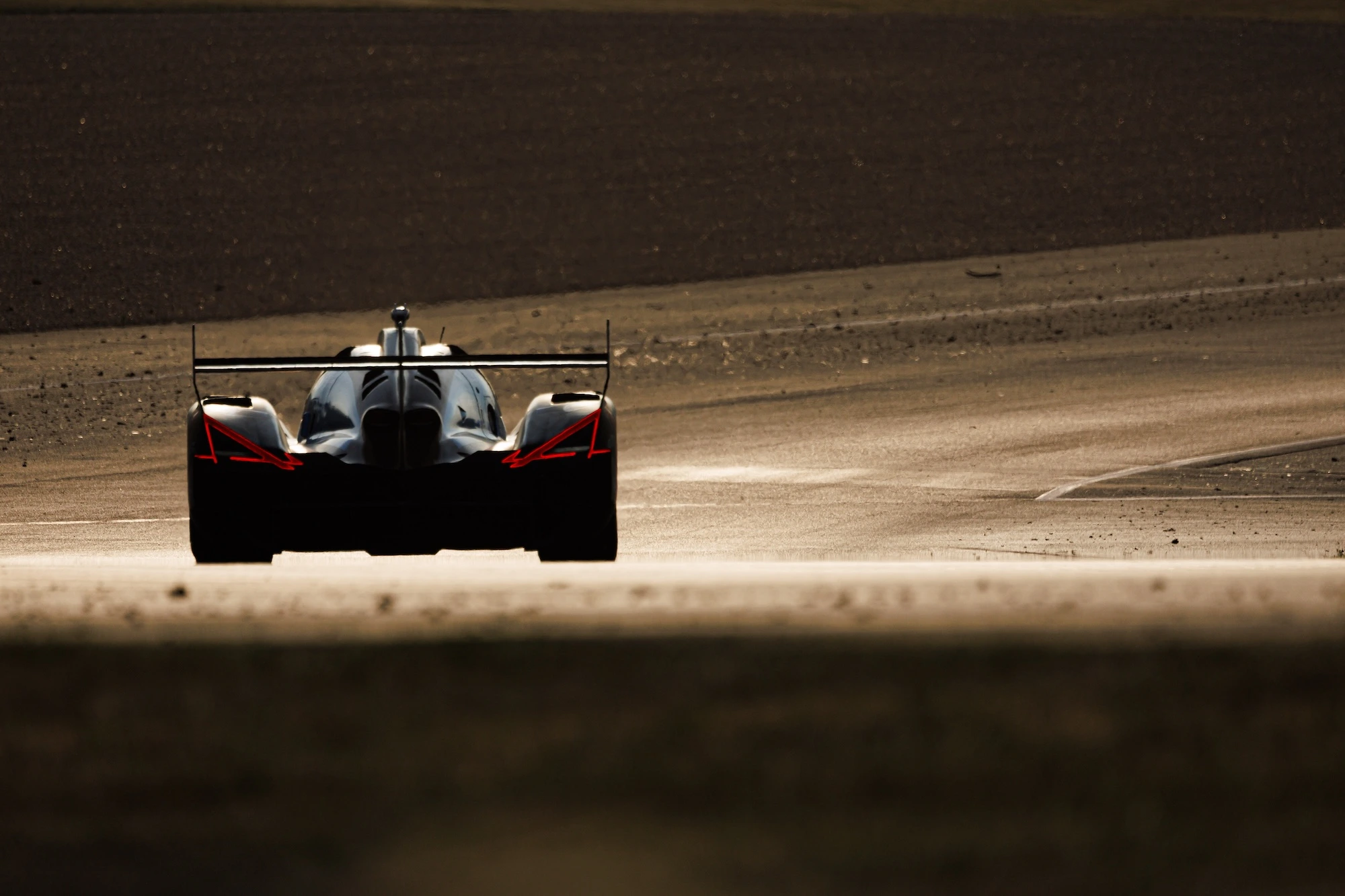
Before using Peakto, which tools were you working with?
Before Peakto, we used Fotostation, as well as PhotoMechanic, Capture One, and Lightroom. But Capture One and Lightroom are too slow and memory-hungry for such a fast-paced workflow.
Fotostation works well for folder-based work but becomes limited when handling 50-megapixel photos. It remains widely used in photo agencies because of its strong IPTC metadata support.
Selections were done mainly via keyboard shortcuts, using previews. It’s also essential to edit IPTC metadata directly, which is mandatory for the press.
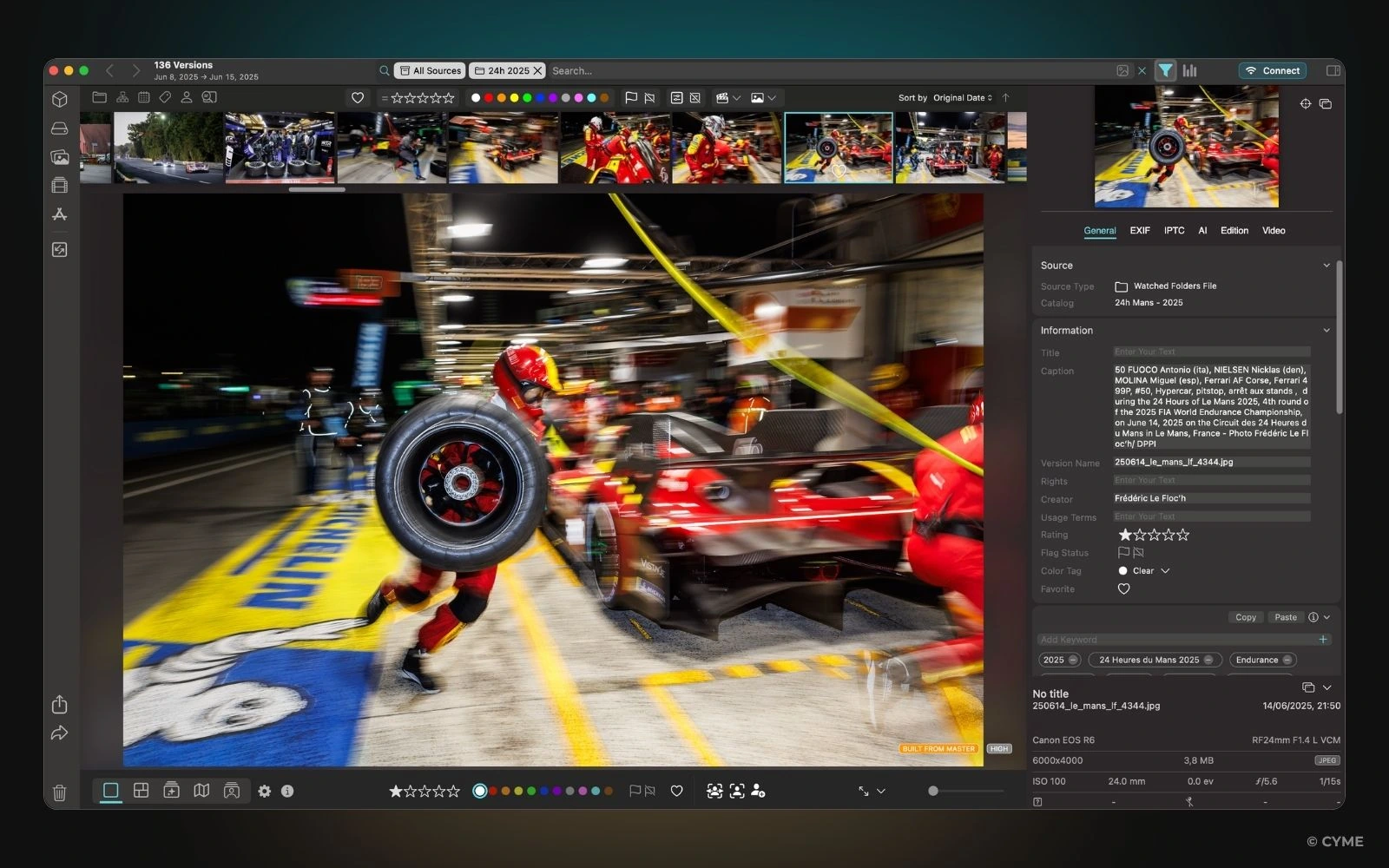
Which teams are involved in this image management workflow?
First, there are the photographers on-site. Then, two or three documentalists handle the indexing, check the spelling of drivers’ names, and organize the annual collection.
The MCC (Michelin Content Center) DAM sits at the heart of the system — it distributes images to press agencies and archives all content. Michelin must be able, for example, to easily retrieve images from past races when organizing a new event with partners like Alpine or responding to press requests.
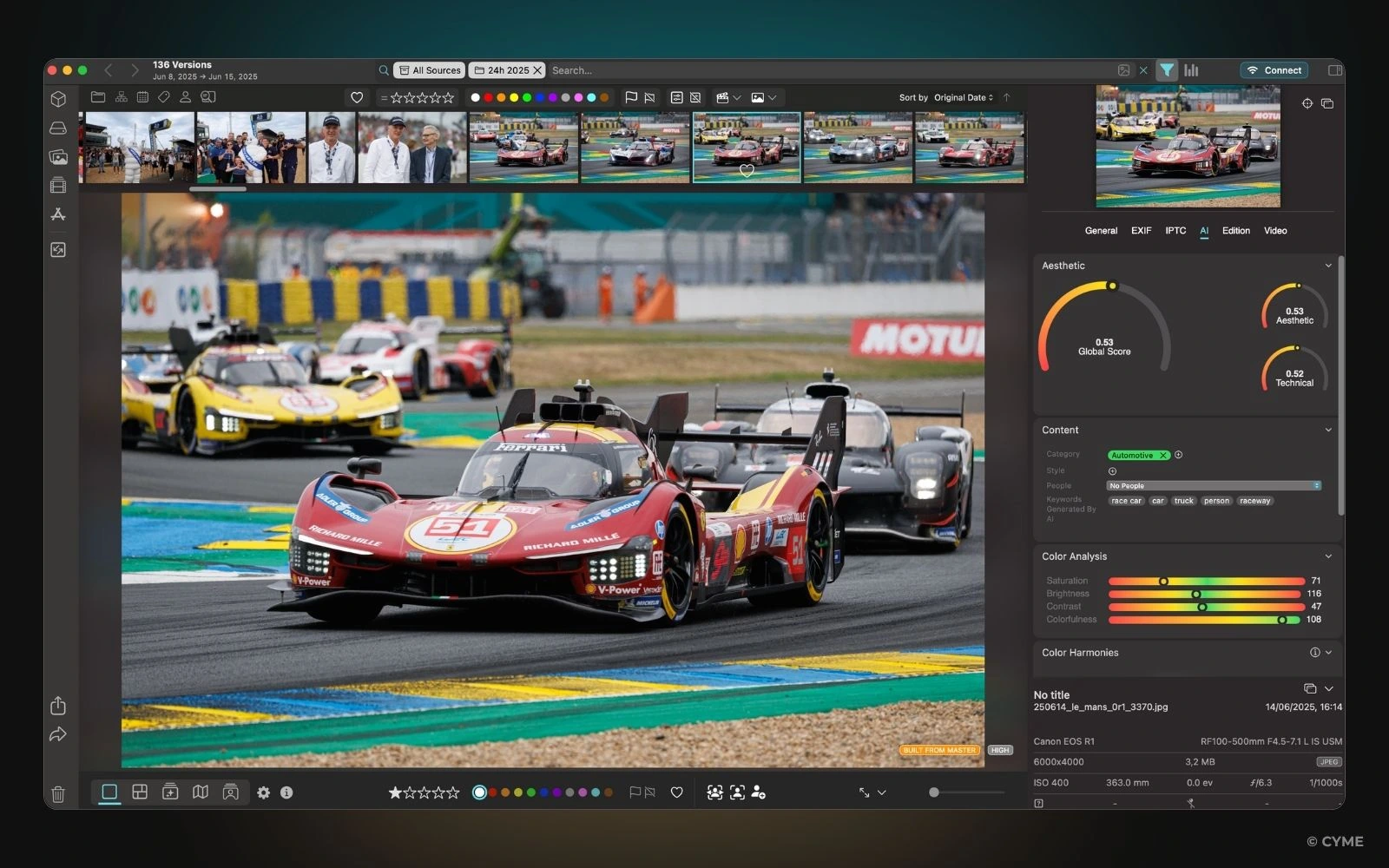
Peakto at the Heart of Fast and Efficient Sports Photo Selection
How does Peakto fit into this workflow?
Peakto is used during the selection phase. All photos are imported into Peakto, and we make our selection using the detailed view and fast star rating via keyboard shortcuts.
Then, we perform differential indexing control in Peakto — adding or correcting IPTC keywords directly within the tool. The huge advantage is that Peakto embeds these metadata inside the image, allowing the DAM to read and automatically map them to the correct fields later on.

What tangible benefits has Peakto brought you?
Media import in Peakto is very fast. You can select images in less than an hour.
Peakto is an excellent compromise between Capture One, which is too complex and heavy for this type of use, and Fotostation, which has changed little in recent years.
- Modern, professional interface: The UX is far superior to other tools and customizable, with easily accessible capture information.
- Clean IPTC metadata display: No need to unfold three panels to find details.
- Keyboard shortcuts: Essential for fast-paced work.
- Performance: Peakto is reliable and fast, even with large image volumes.
- Preview quality: Better than Fotostation’s — crucial for picking the right images.
It’s a tool that’s constantly evolving, with frequent new features. For me, Peakto combines quality, performance, and functionality.
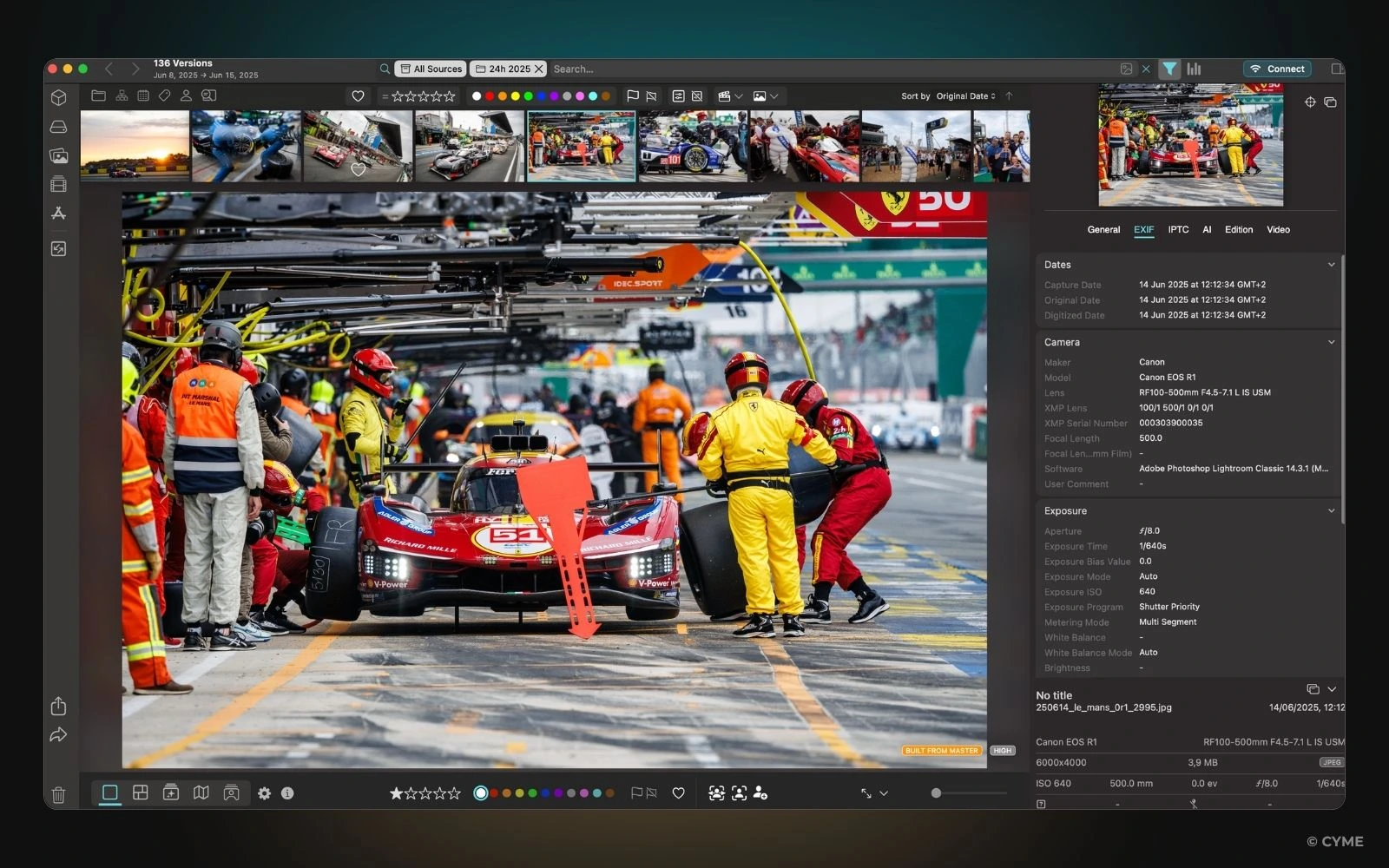
Would you recommend Peakto to other B2B professionals?
Absolutely. Peakto is a solid, fast-evolving product that remains easy to use, even with large image volumes. It represents a new generation of professional photo management tools — capable of aggregating content from multiple sources and software, with strong AI integration and a forward-thinking interface.
It’s truly a productivity-driven tool, and that’s exactly what you need when managing the intense workflows Michelin faces during sports events.
Thanks to Peakto, any photo agency or press outlet can dramatically reduce the time spent selecting and preparing images for publication — a crucial gain in reactivity in the ultra-fast world of motorsport.



